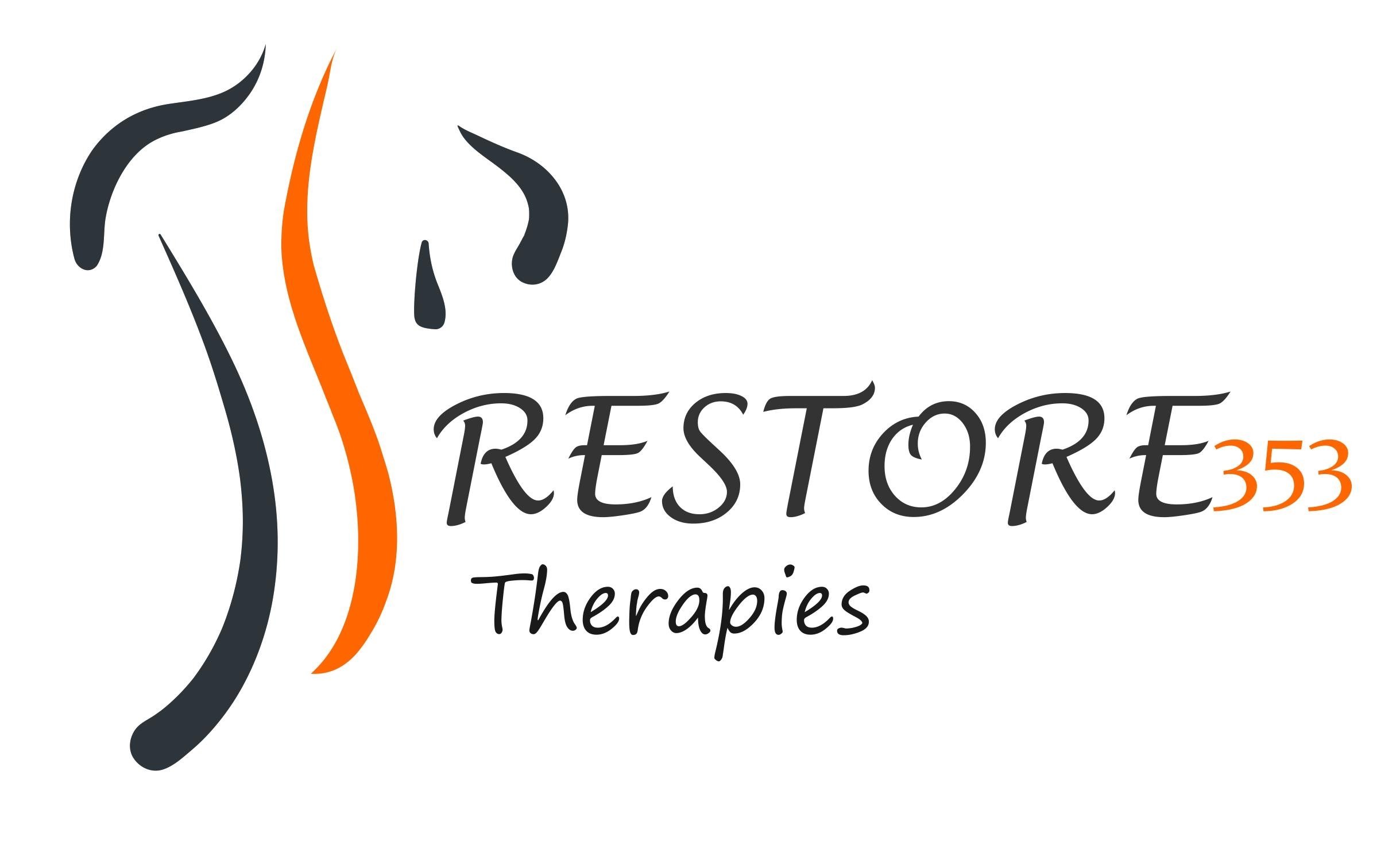What Is Low Back Pain? (And How You Can Relieve It)
According to the National Institute of Neurological Disorders and Stroke (NINDS), about 80% of people experience low back pain at some point. More than one-fourth of adults reported low back pain during a three-month period. It is the most common cause of job-related disability and a leading contributor to days of missed work. As we move less, our core and postural muscles weaken creating scenarios that can lead to pain and dysfunction. As such, maintaining a healthy low back is an important focus as our postures become more sedentary.
What is low back pain more specifically?
Most low back pain is short-term or acute, lasting for a few days to a few weeks. Most general low back pain tends to resolve with self-care and rest, and without any major change in the mechanical function of the bones, muscles or nerves. Pain that lasts between 4 to 12 weeks is defined as subacute low back pain. Low back pain that lasts longer than 12 weeks is deemed chronic, regardless of the cause for onset of pain.
What are the major causes of low back pain?
Most low back pain is due to the mechanical malfunctions of the muscles and spine in the back. This can be due to the normal wear and tear of the joints, discs and bones as we age or be based on other factors. Common causes of pain include:
Sprain and Strain - overstretching or tearing of muscles, tendons or ligaments
Disc degeneration - the loss of the flexible, supportive quality of the cushion between the vertebrae
Herniated or bulged discs - the compression and bulge of the cushion between the vertebrae, sometimes pressing on nerves or other structures
Radiculopathy - compression, inflammation and/or injury to a spinal nerve root
Sciatica - compression of the large bundle of nerves that travel through the buttock and downtime back of the leg
Traumatic Injury - falls, car accidents, and sports related activities that injure muscles, tendons or ligaments, can in turn cause the spine to become overly compresses
Spinal Stenosis - narrowing of the spinal column, that puts pressure on the spinal cord and nerves
Spondylolisthesis - condition in which a vertebrae of the lower spine slips out of place
Skeletal Irregularities - scoliosis, accentuated lordosis or other congenital anomalies of the spine
What are the common risk factors for developing low back pain?
Beyond underlying conditions or disease, other factors may increase one’s risk for developing low back pain.
- Age
- Fitness Level
- Pregnancy
- Poor Posture
- Weight Gain
- Genetics
- Backpack Overload
- Mental Health Factors
- Occupational Risk Factors
What are common treatments for low back pain?
Hot/Cold Packs: These may help ease or reduce pain and/or inflammation for acute, subacute or chronic pain, but does not contribute to a quick resolve.
Activity: Beginning stretching exercises and normal daily activity as soon as possible, while avoiding movements that contribute to the pain, has been shown to be beneficial.
Strengthening and Stabilization Exercises: While generally not effective during acute flare-ups, strength and stability training is an effective way to recovery from chronic or subacute low back pain. Additionally, it is crucial for preventing further flare-ups.
Physical Therapy: These programs combined with manual therapies, designed to re-align, stabilize and strengthen muscle groups related to core strength and posture, help to improve mobility and promote proper posture.
Medications: A wide range of over-the-counter and prescription medications can be used to treat both inflammation and pain associated with acute and chronic low back pain.
Stay tuned for more blog posts continuing with our healthy low back topic, to learn various home exercises and desk postures that can help prevent and ease low back pain.

